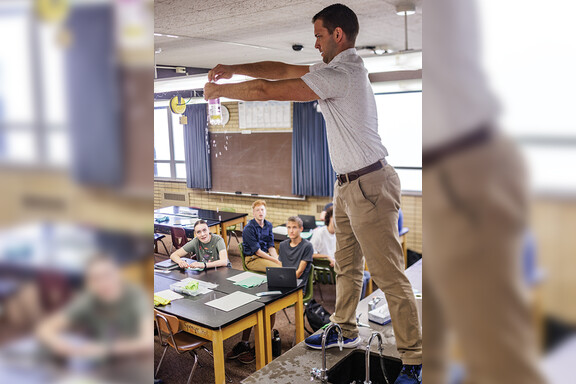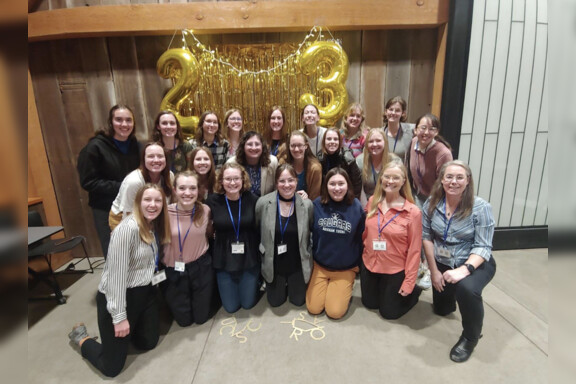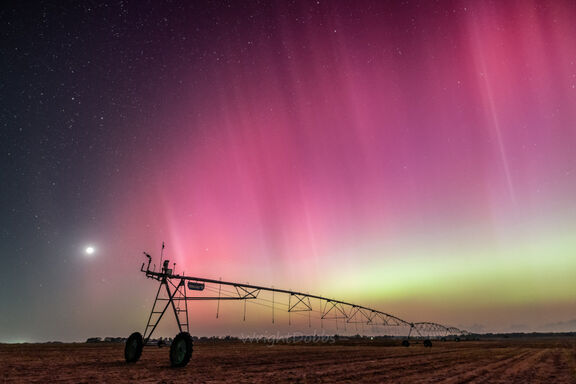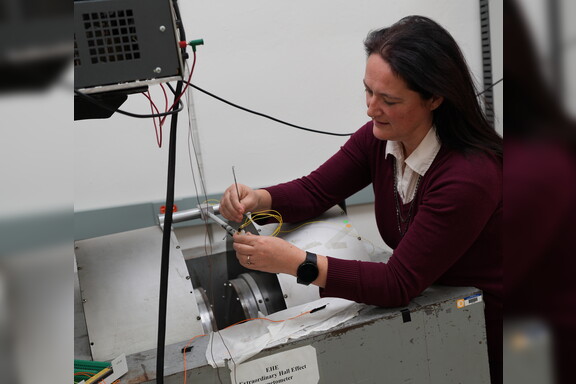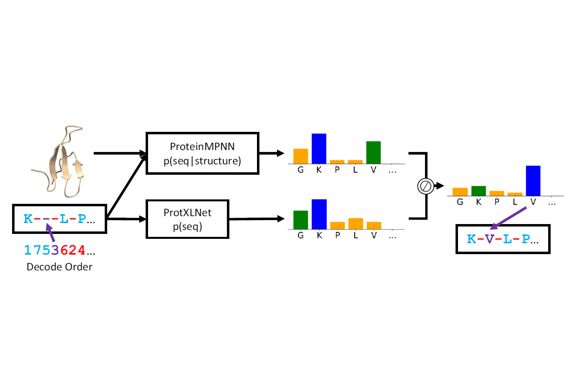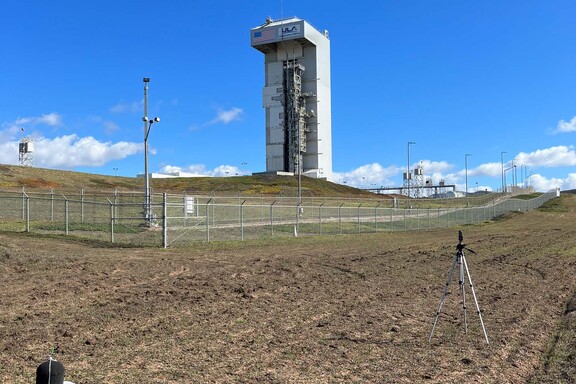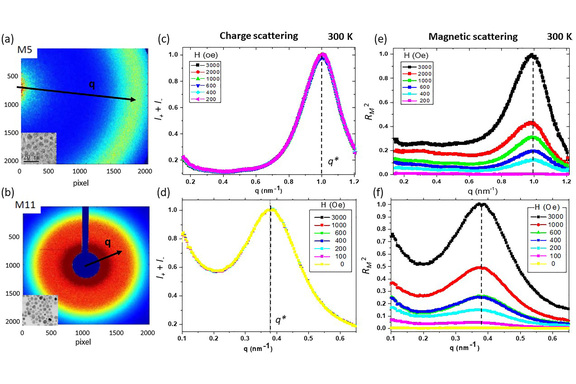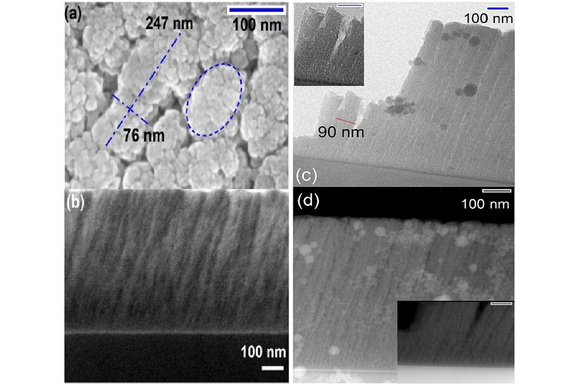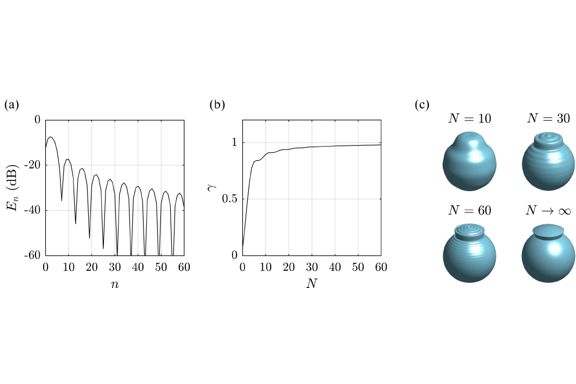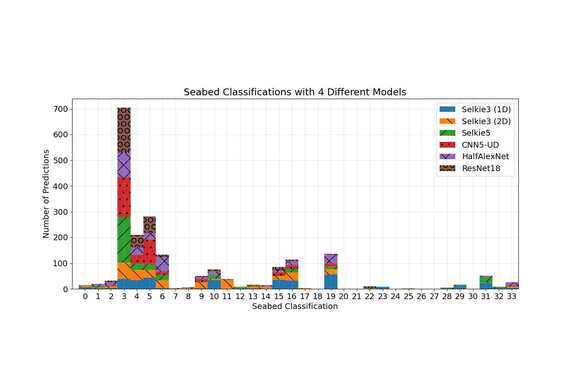Abstract: Understanding processing-structure-property (PSP) linkages of solid-phase microextraction (SPME) coating materials is crucial for the rational design and advancement of these new materials. As SPME is a diffusion-based extraction technique, analyzing the morphology of its coating materials is important for optimizing its performance. In this study, we assess the morphological evolution of micro/mesoporous amorphous silicon (a-Si) thin films sputtered at an oblique angle onto silicon, which serve as models for support materials in SPME devices. The contrast of scanning transmission electron microscopy (STEM) images is enhanced via ZnO infiltration by atomic layer deposition (ALD). Various metrics, including physical descriptors and two-point statistics methods, are employed to follow the films' evolution. Analysis of the two-point correlation function reveals a simple ellipse/spherical local pore geometry in contrast to the long-range irregular arrangement of pores identified by a range of traditional and novel metrics. Additionally, analyzing the internal structure of the pores through homology metrics aligns well with the theoretical understanding of morphological evolution in oblique sputtered films. These analyses show that the “average ratio of principal moment of inertia”, “Betti numbers”, and “two-point statistics” based metrics can capture valuable information during film growth.
The morphological analysis approach proposed in this study can be applied to analyze any nanoporous medium as a first step towards developing structure-property relationships that tie back to a given preparation method. Ultimately, a more extensive experimental and/or simulation-based study should confirm the correlations between these metrics and actual diffusion properties as the basis for process-structure-properties relations for improved design and optimization of this film.
